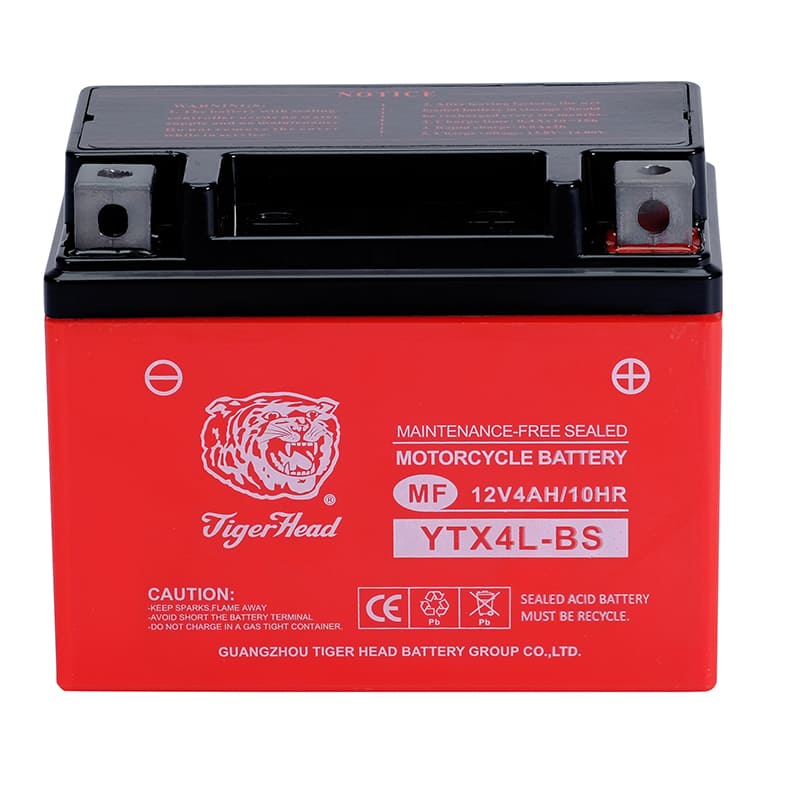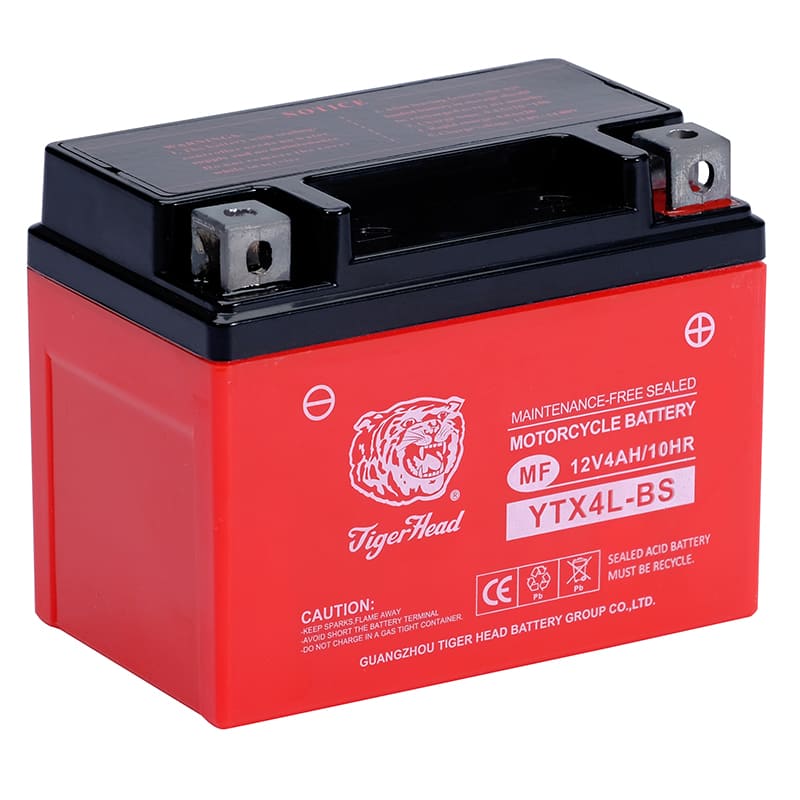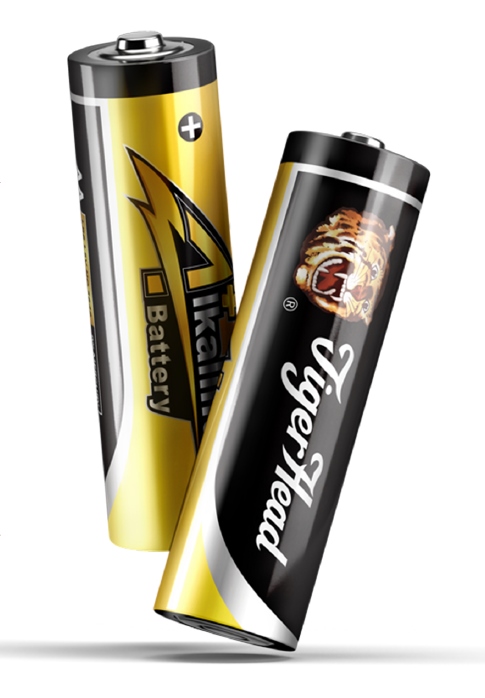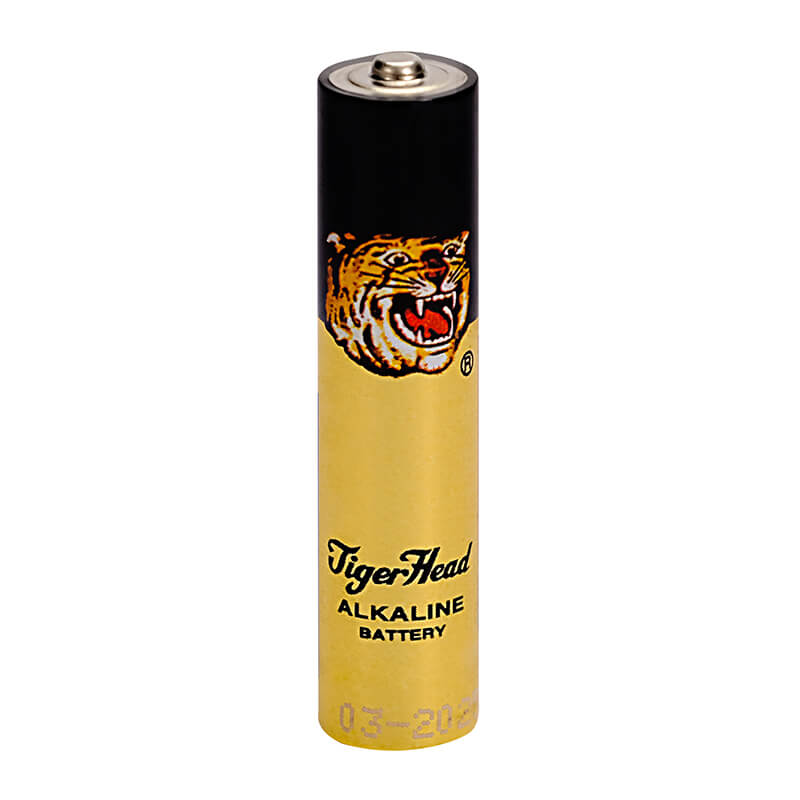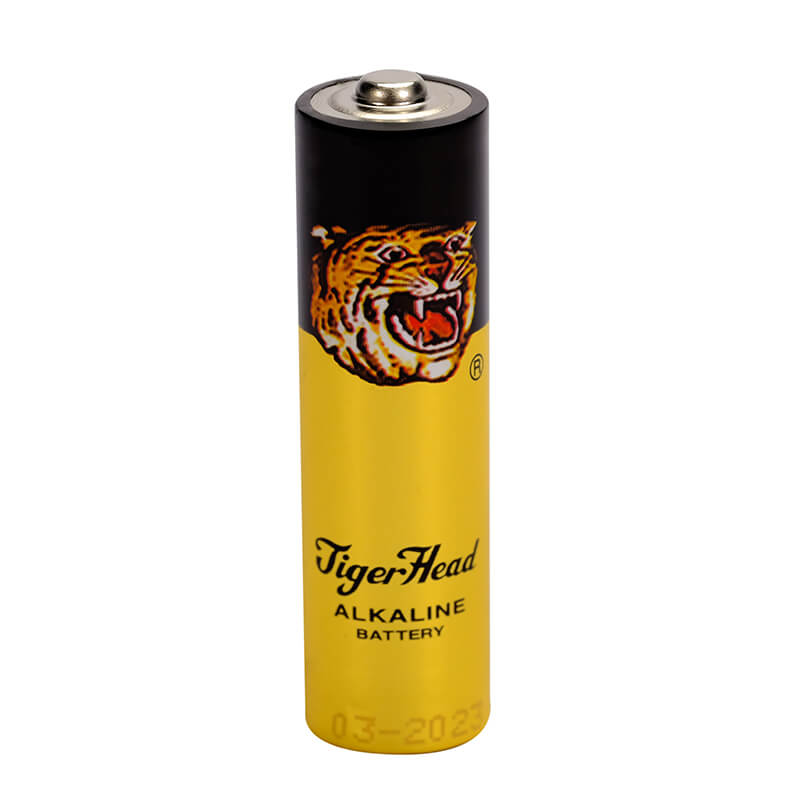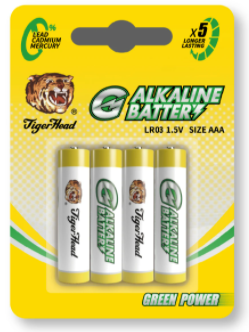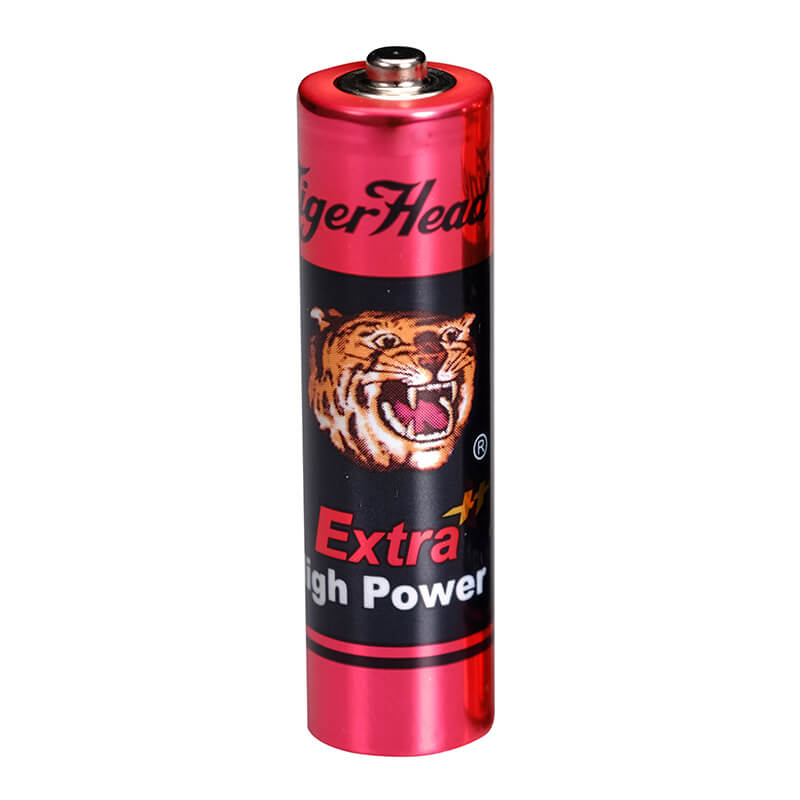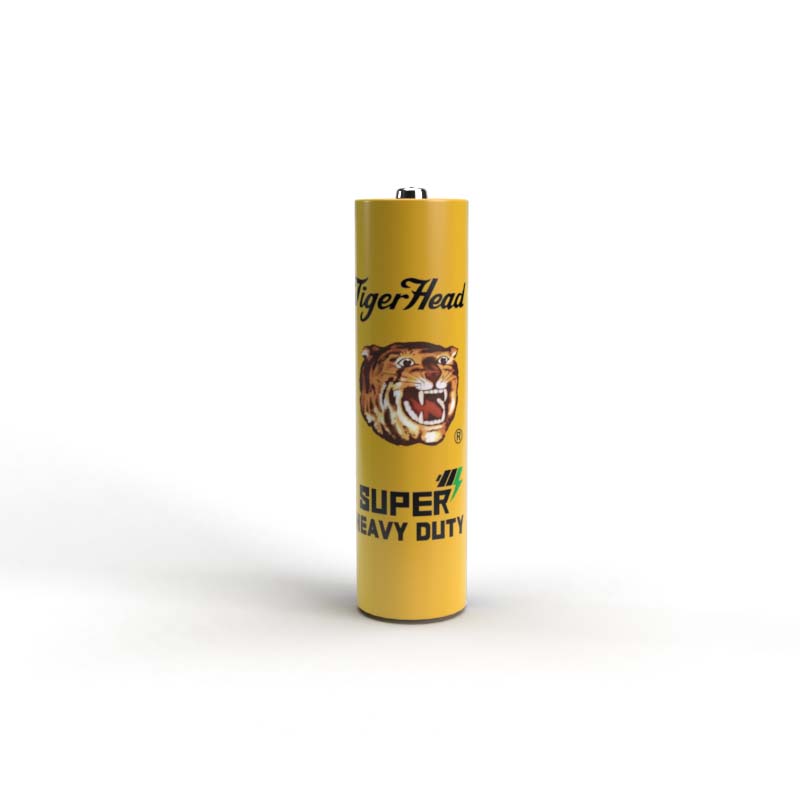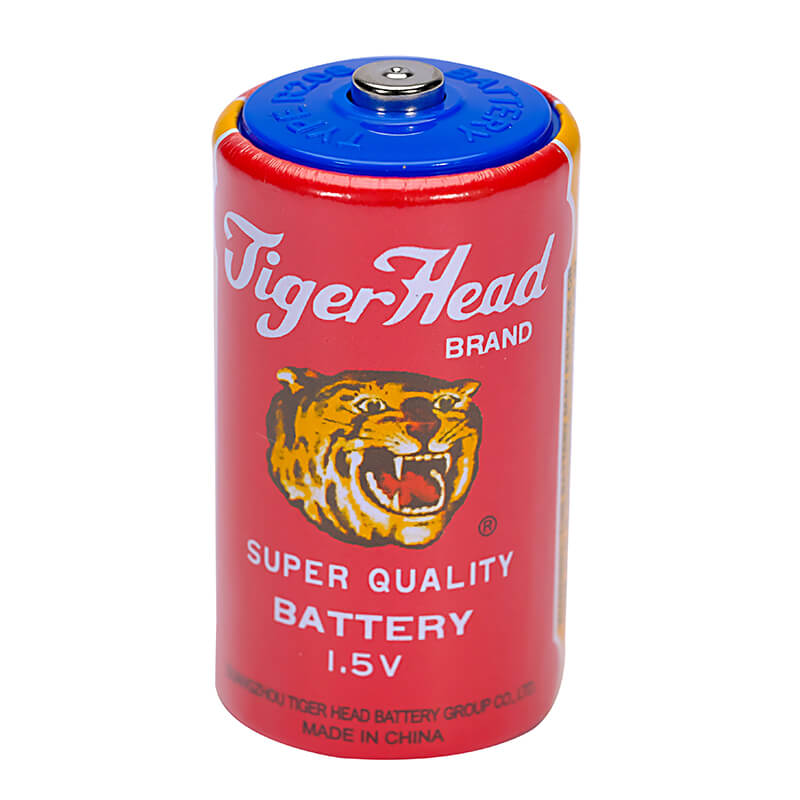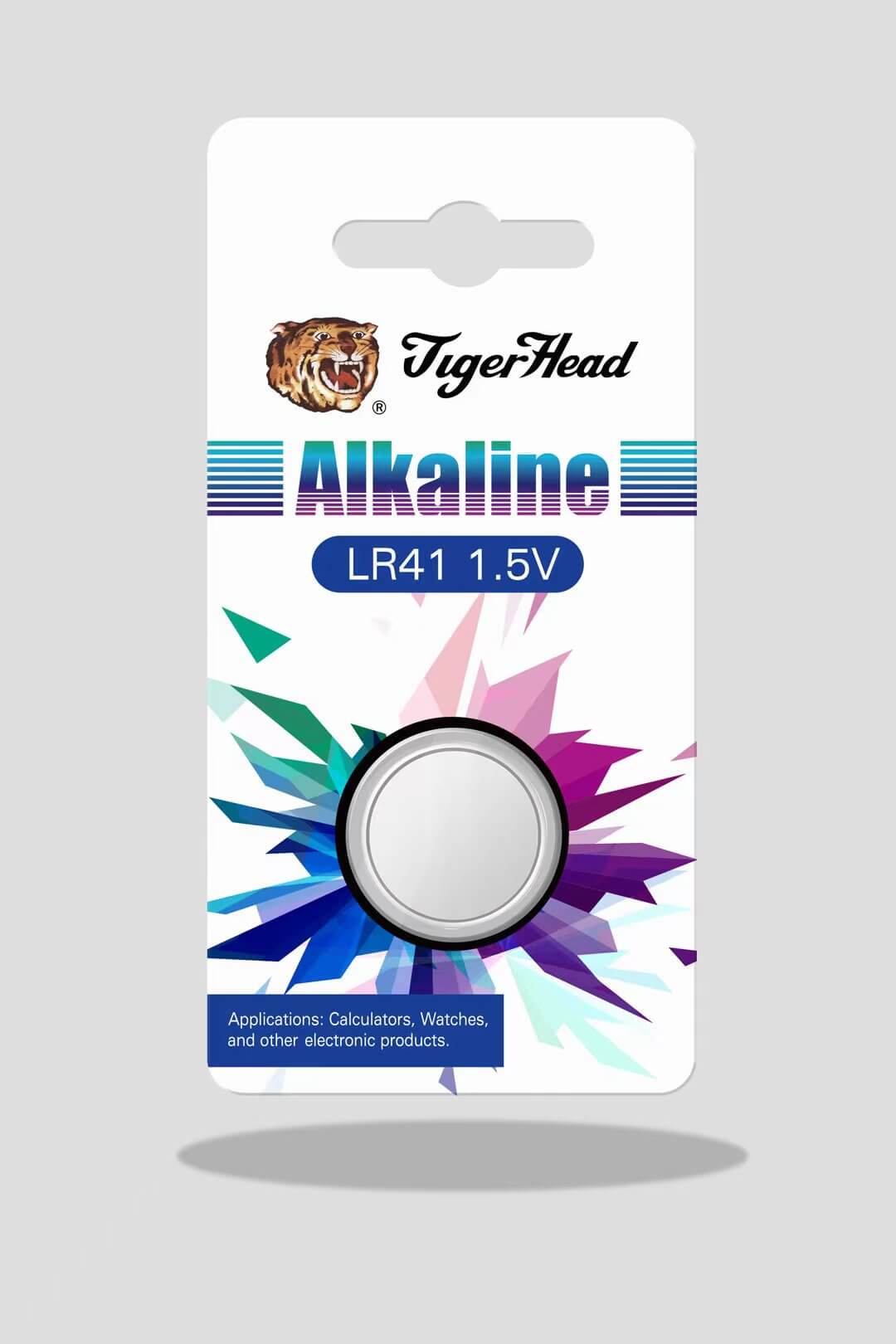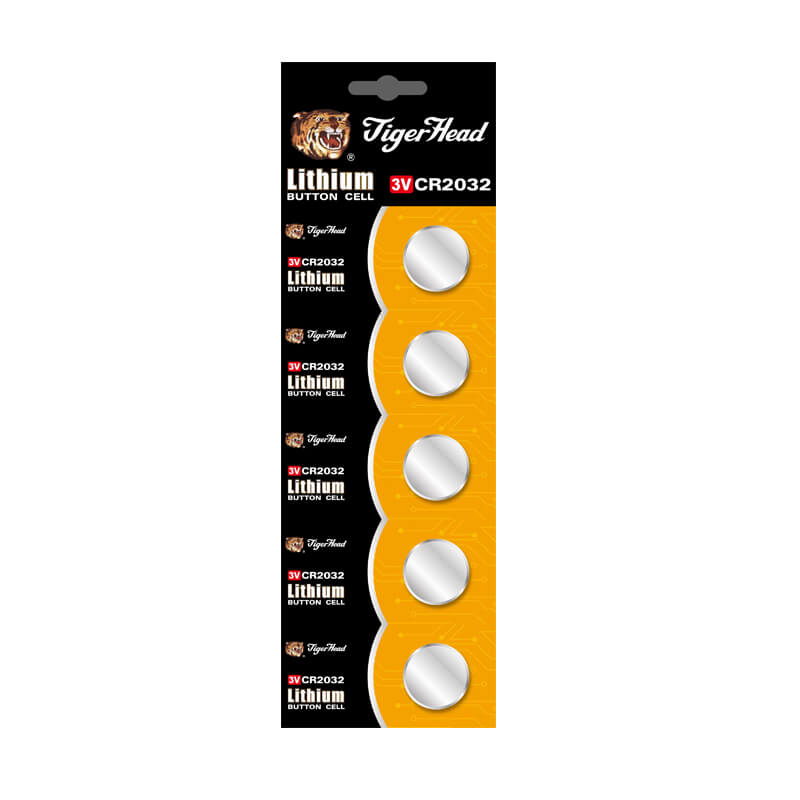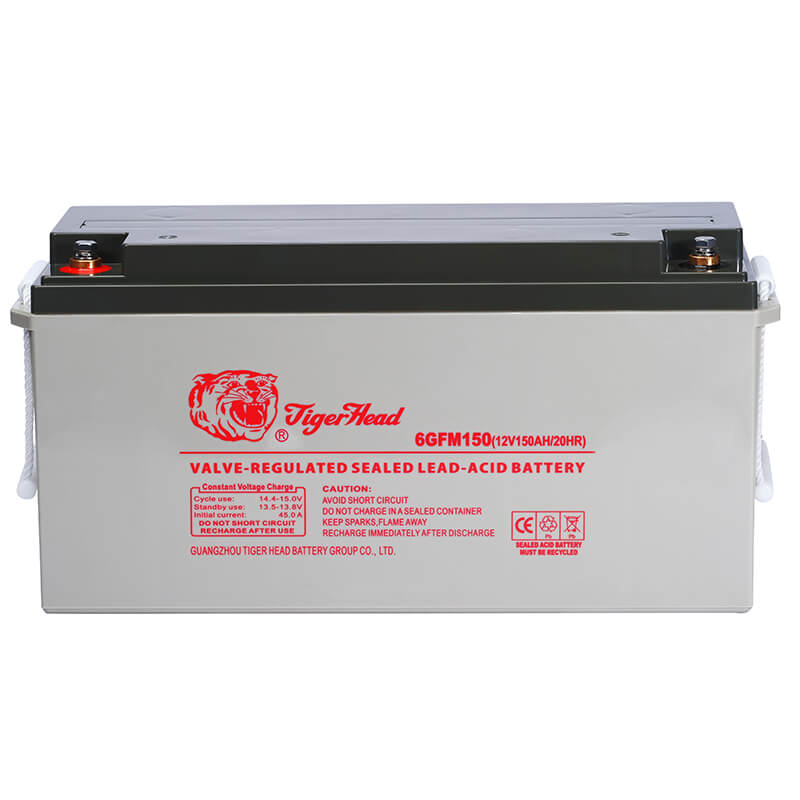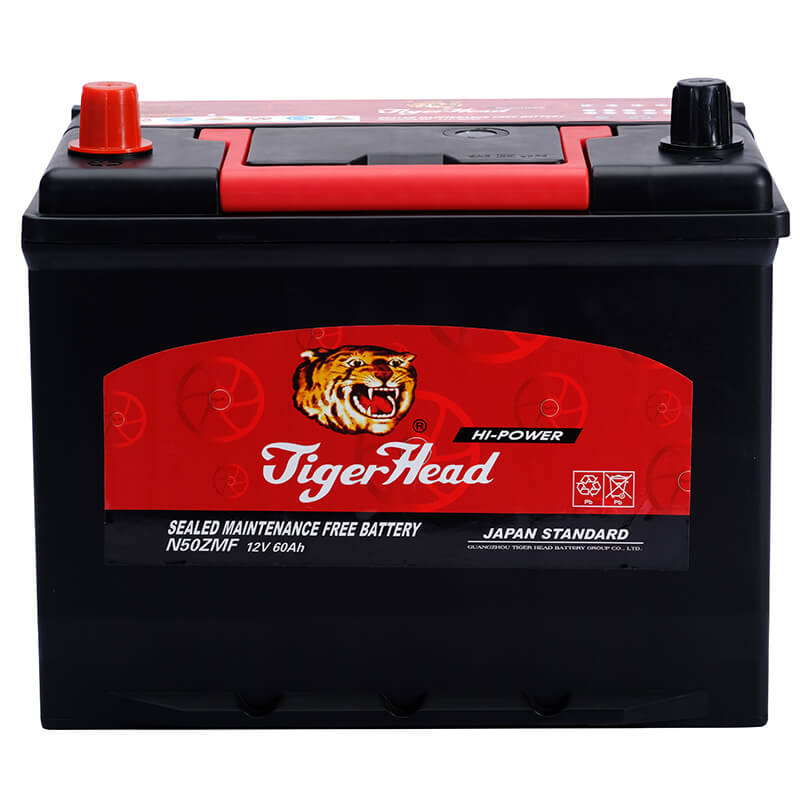MOTORCYCLE BATTERY YTX4L-BS
MODEL: YTX4L-BS
SIZE: 112*69*85mm
Characteristics:
1.Oxygen recombination technology, Maintenance-free
2.Excellent Anti-shack performance, long-lifespan
3.Temperature adaptability, low internal resistance, Super cranking performance.
4.Working safety and reliably
5.The reliable safety valve can prevent outside air and dust from entering the battery inside
6.Strong water regeneration capacity, high sealing efficiency, Maintenance-Free
7.Safe and easy to use and transport.
8.Can be safely and safely used at -30 °C ~ 50 °C
9.Long service life and the extremely low maintenance cost ensure that the user gets the most economical product.
1)The weight is higher than the energy, the internal resistance is small, and the output power is high;
2)High charge and discharge performance, self-discharge control is less than 2% per month (20 °C);
3)The recovery performance is good. In the case of deep discharge or charger failure, after 30 days of short circuit, the balanced charging method can still be used to restore the capacity;

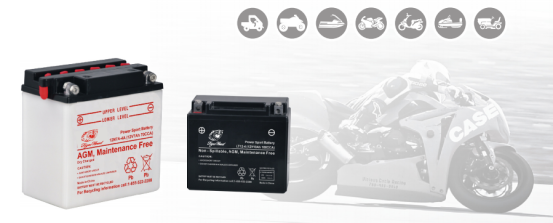
WHAT CAUSES A BATTERY TO FAIL PREMATURELY
SELF DISCHARGE
Antimony Batteries (Conventional 6-Volt and 12-Volt Standard)
Even when the motorcycle is not being used, these batteries discharge (SELF DISCHARGE) at the rate of approximately 0.5 to 1% per week period. The rate of discharge increases with warm temperatures. See the approximate rates of discharge shown in Figure 1 to the right.
Lead Calcium Batteries (12-Volt Premium High Performance)
The lead/calcium technology motorcycle batteries have a longer life because they hold their charge more than three times as long as the conventional lead antimony batteries. These batteries discharge (SELF DISCHARGE) at a weekly rate of approximately .15 - .3%. See Figure 2 to the right. Some lead/calcium batteries also contain a special chemical that resists sulfation formation on the battery plates.
In order to minimize the self discharge of the battery, it is recommended that the battery be placed in a cool (NOT FREEZING) dry location when the motorcycle is not being used.
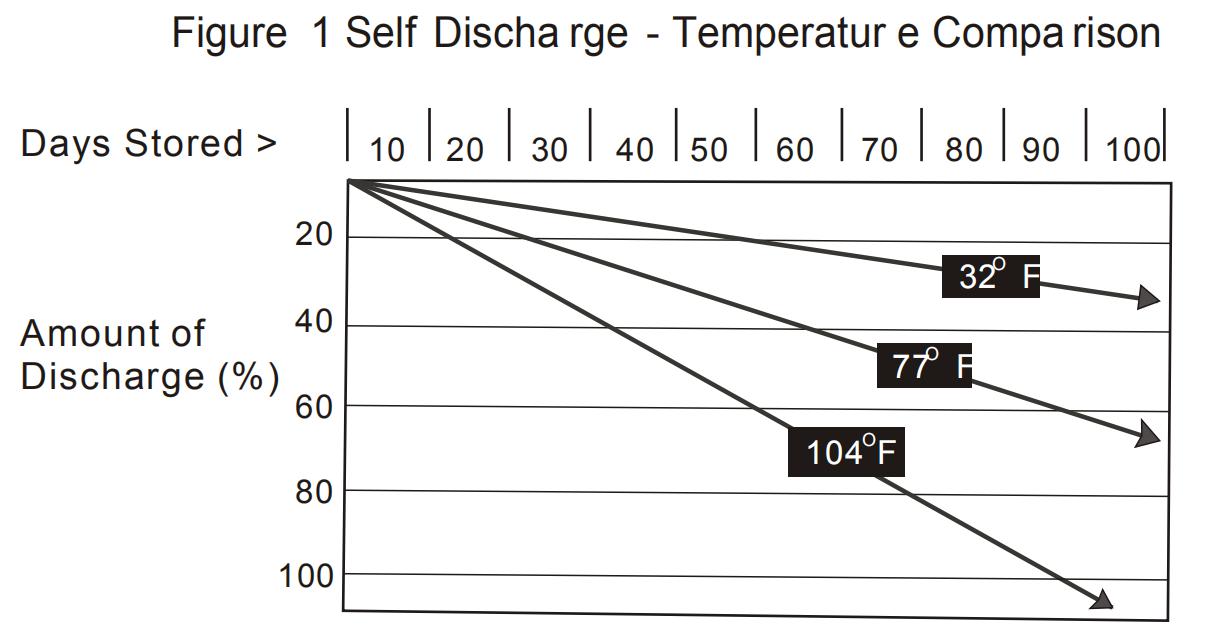
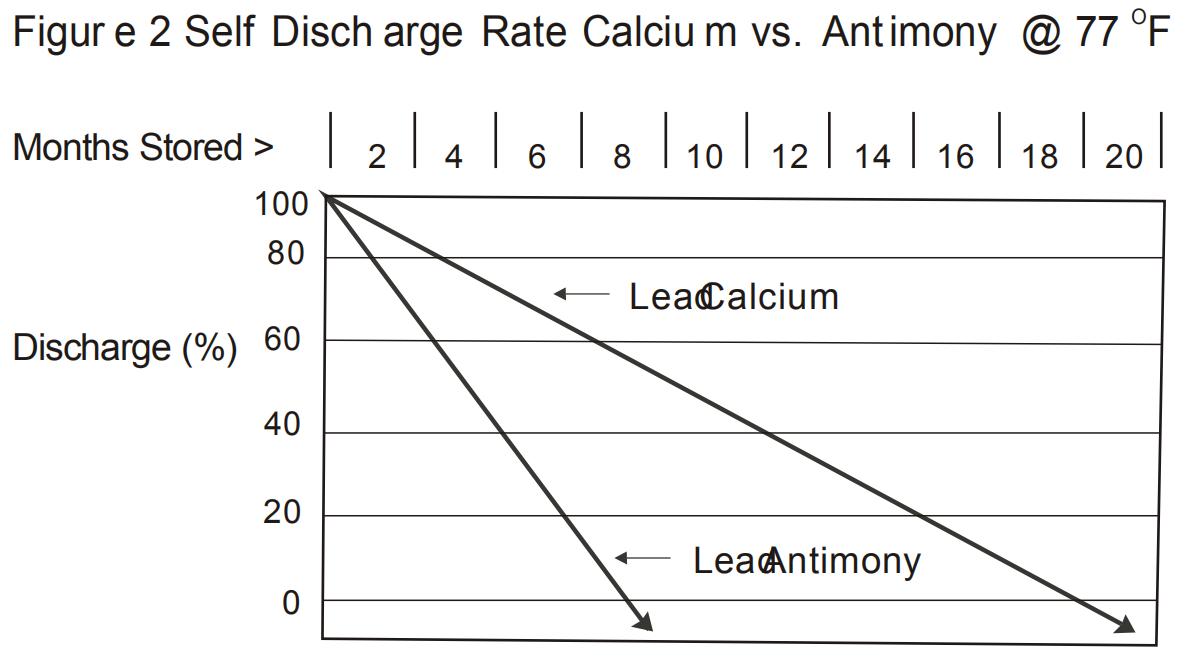
CURRENT DRAIN
Some big motorcycles (1,000 cc & up) have electric accessories such as clocks, GPS, radios, computer memory and alarm discharge the battery even when the ignition is turned off. The amperage drain of each motorcycle is different depending on the model, year and electric accessories.
The chart below shows how quickly the battery is discharged by BOTH self discharge and current drain.

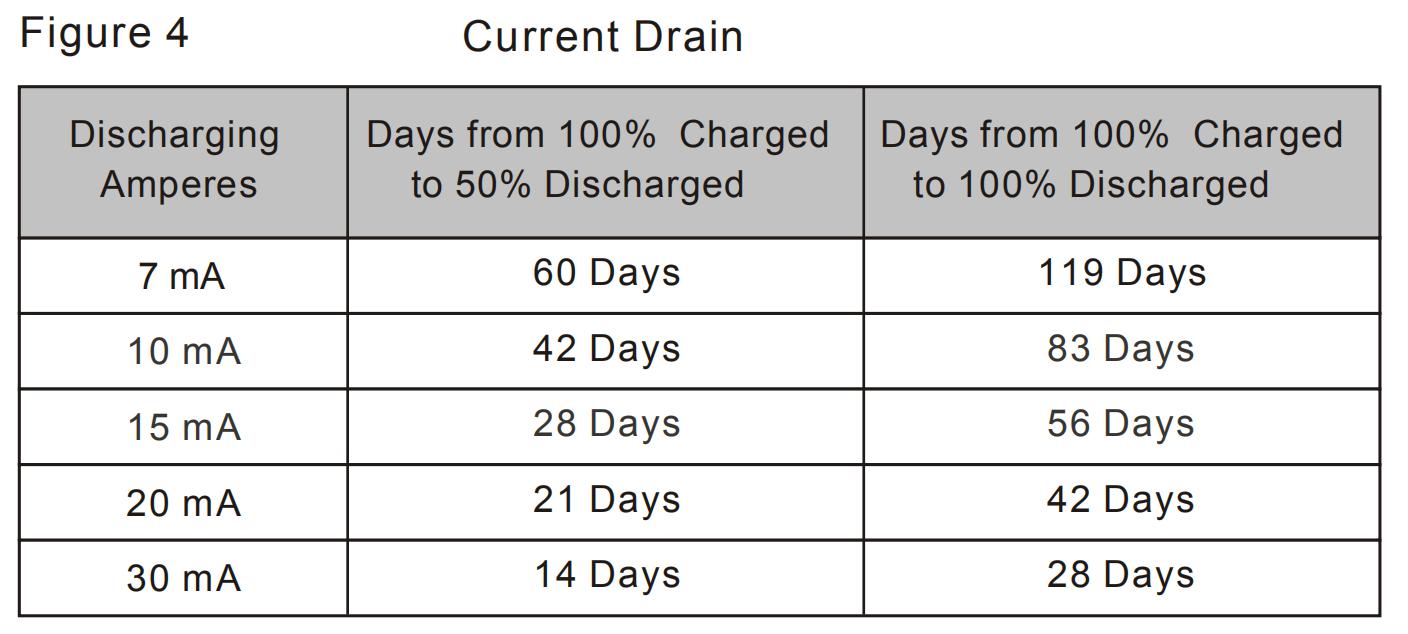
Note: If the battery is less that 100% charged when the battery begins standing, the discharge period will be shorter than the time indicated above .
HOW TO DETERMINE BATTERY STATE-OF-CHARGE
To check the battery's state-of-charge you can use one of three methods: 1.) syringe hydrometer 2.) voltmeter or 3.) 5-Ball Hydrometer. See the table below for a comparison between 3 methods to determine the accurate state-of-charge.
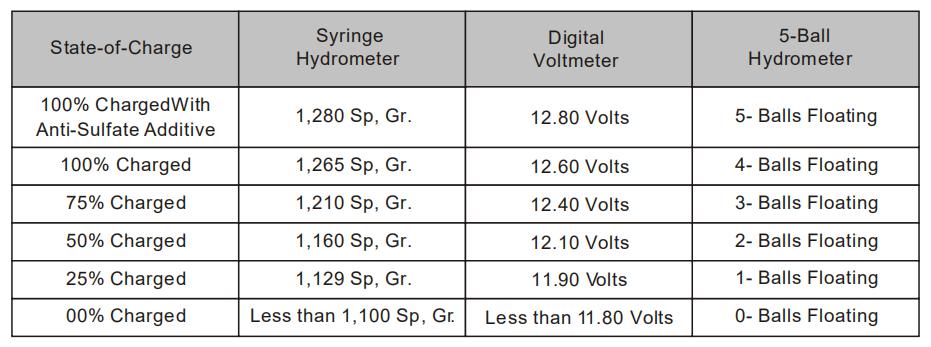
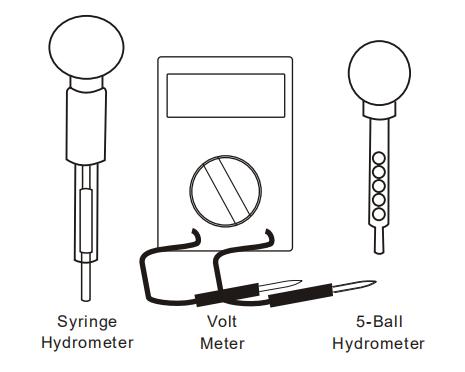
lead acid motorcycle battery

